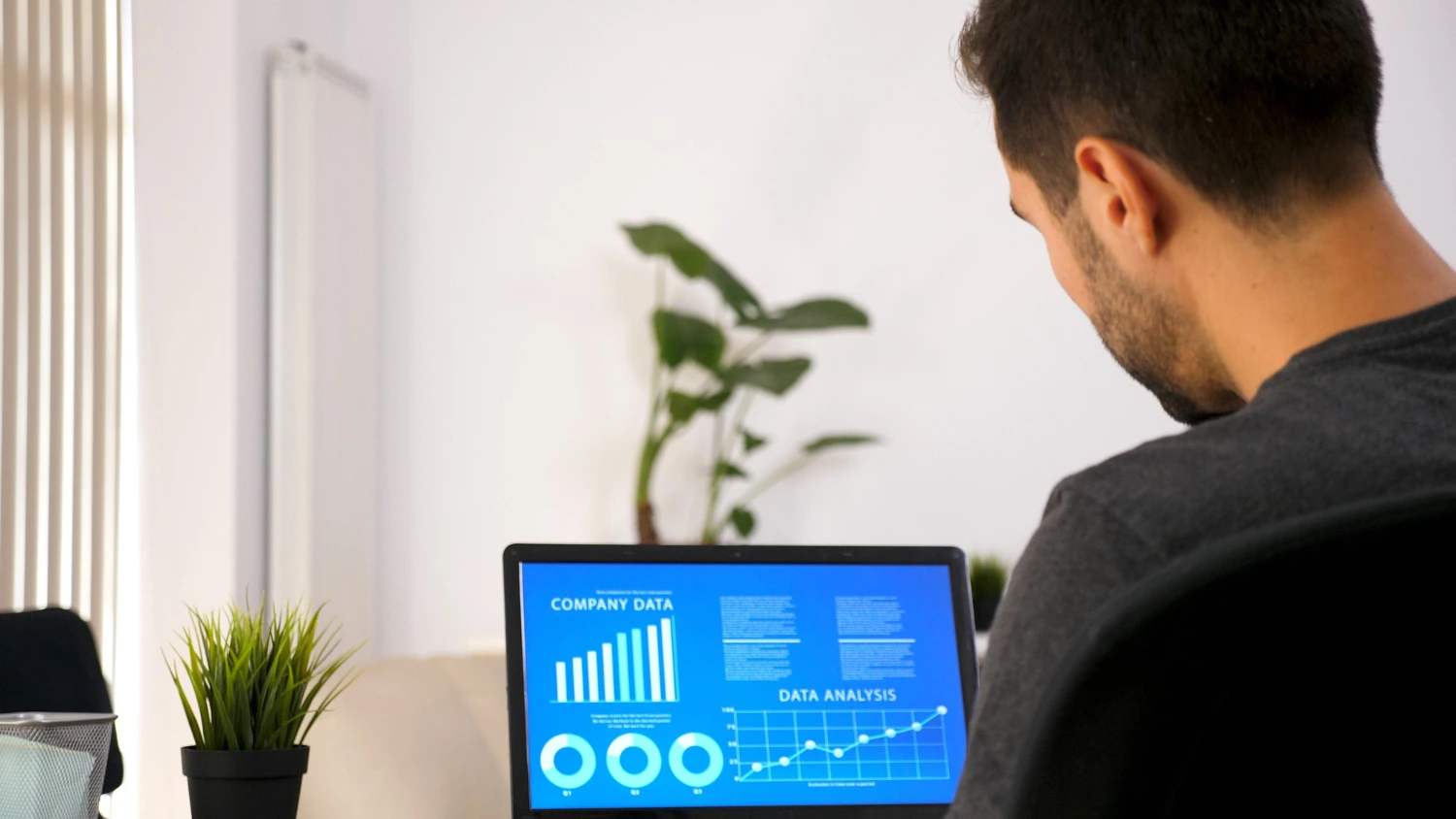
Introduction

In today's data-driven business environment, organizations are increasingly trying to find methods to utilize analytics for much better decision-making. One such company, Acme Corporation, a mid-sized retail business, acknowledged the need for a comprehensive service to enhance its sales performance analysis. This case research study describes the development and application of a Power BI dashboard that transformed Acme's data into actionable insights.
Background
Acme Corporation had actually been dealing with difficulties in imagining and examining its sales data. The existing method relied greatly on spreadsheets that were cumbersome to handle and vulnerable to mistakes. Senior management frequently found themselves investing valuable time analyzing data patterns across numerous different reports, leading to postponed decision-making. The goal was to create a central, easy to use control panel that would permit real-time monitoring of sales metrics and facilitate much better tactical preparation.
Objective
The main goals of the Power BI control panel project consisted of:
- Centralization of Sales Data: Integrate data from multiple sources into one available area.
- Real-time Analysis: Enable real-time updates to sales figures, allowing for prompt choices based upon existing performance.
- Visualization: Create user-friendly and visually appealing charts and charts for non-technical users.
- Customization: Empower users to filter and control reports according to varying business requirements.
Process Data Visualization Consultant
- Requirements Gathering:
The first action included engaging stakeholders in discussions to comprehend their requirements. This consisted of input from sales teams, marketing departments, and senior management. data visualization consultant (KPIs) such as total sales, sales by item category, and sales patterns gradually were determined as focus areas.
- Data Preparation:
The data sources were determined, including SAP for transactional data, an SQL database for customer information, and an Excel sheet for promotional projects. A data cleansing procedure was started to eliminate inconsistencies and make sure precision. Additionally, the data was transformed into a structured format suitable with Power BI.
- Dashboard Design:
With the requirements laid out, the design stage began. Wireframes were produced to imagine the dashboard layout. The group focused on creating an user-friendly user experience, placing crucial metrics in popular areas while guaranteeing the style was tidy, with a constant color scheme showing the business branding.
- Development:
Using Power BI Desktop, the group began the advancement of the dashboard. Essential features included interactive visuals such as slicers for product categories and geographic areas, enabling users to drill down into specific data points. DAX (Data Analysis Expressions) was utilized to create computed fields, such as year-over-year development rates.
- Testing and Feedback:

A preliminary variation of the control panel was shared with chosen stakeholders for testing. User feedback was important; it resulted in modifications such as optimizing load times, improving visual clarity, and including brand-new functions like pattern analysis over various timespan. The iterative method to development made sure that the final product fulfilled user expectations.
- Deployment:
Once the control panel was finalized, the application phase began. The Power BI service was used for sharing functions; users were trained on control panel navigation and performance. Documentation was offered to assist with ongoing usage and maintenance.
Results and Impact
The execution of the Power BI control panel had a profound effect on Acme Corporation. Key results included:
- Increased Speed of Decision-Making: The real-time data gain access to permitted management to make informed decisions quicker, reacting quickly to changing market conditions.
- Enhanced Data Literacy: Sales teams, at first concerned about data analysis, ended up being more positive in translating reports. The user-friendly user interface motivated expedition and self-service analytics.
- Improved Sales Performance: By identifying underperforming products, the sales group could take targeted actions to attend to spaces. This resulted in a 20% boost in sales in the following quarter.
- Cost Savings: Streamlining data visualization got rid of the requirement for substantial report generation, conserving man-hours and reducing possibilities of errors incurred through manual procedures.
Conclusion
The development and application of the Power BI control panel at Acme Corporation is a testimony to how reliable data visualization can transform sales efficiency analysis. By prioritizing user-centric design and continually iterating based on feedback, Acme had the ability to develop a powerful tool that not only satisfies existing analytical needs but is also scalable for future development. As businesses continue to accept data analytics, this case research study functions as a plan for companies intending to harness the full potential of their data through insightful and interactive dashboards.
